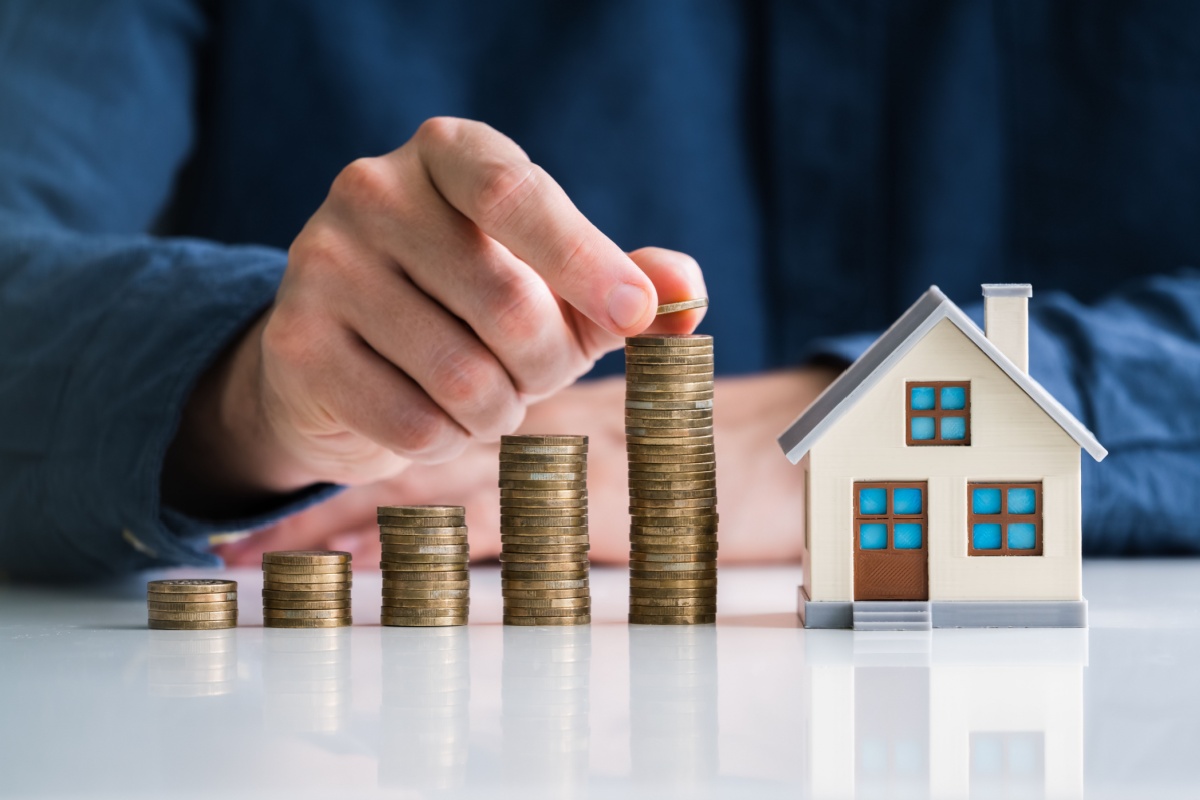Purchase your first house with confidence with our simple guide!
Buying your first home is one of the biggest financial goals many of us set for ourselves. Saving for a house deposit is often the first step on this journey, but it can feel daunting—especially when property prices seem to be rising faster than we can save. But don’t worry; it is achievable! Here are the top three things you need to know when saving for a house deposit.
1. Understand Your Savings Goal
The first step to saving for a house deposit is knowing exactly how much you need. Most lenders require a deposit of 20% of the property’s value to avoid paying lenders mortgage insurance (LMI). For example, if you’re aiming for a home valued at $500,000, your deposit should ideally be $100,000.
However, there are ways to enter the market with a smaller deposit, especially if you’re eligible for government schemes such as the First Home Loan Deposit Scheme (FHLDS), which allows you to purchase a property with as little as 5% deposit. Check if you qualify for any incentives, including the First Home Owner Grant (FHOG) or state-specific concessions, which could significantly reduce your upfront costs.
Knowing your target figure allows you to set a realistic timeframe for saving. This might mean cutting back on some expenses or considering additional income sources like a side hustle. Use a savings calculator to plan out your weekly or monthly deposit amounts, and keep yourself on track with automated savings transfers.
2. Make Your Money Work Harder
Once you’ve established your savings target, it’s time to make sure your money is working for you. Leaving your deposit in a standard savings account might not give you the best return. Consider putting it into a high-interest savings account, where your money can grow faster thanks to compound interest.
You can also explore other low-risk investment options like a term deposit, or even a First Home Saver Account, which offers special tax benefits for first-home buyers. Just remember to keep your money accessible, as you want to be ready when it’s time to make your purchase.
Additionally, if you’re a first home buyer in Australia, you could use your superannuation as a way to save for a deposit through the First Home Super Saver Scheme (FHSSS). This allows you to make extra voluntary contributions to your super fund, which you can then withdraw when it’s time to buy a house. This strategy can be a tax-effective way to build your deposit more quickly.
3. Track Your Spending and Be Disciplined
Building a house deposit requires discipline and smart financial habits. Take the time to track your spending and identify areas where you can cut back without sacrificing your lifestyle. This doesn’t mean giving up everything, but perhaps limiting luxury spending or finding cheaper alternatives for entertainment or dining.
You may want to adopt the 50/30/20 rule, where 50% of your income goes to necessities, 30% to wants, and 20% to savings. The key is to stay consistent and keep focused on your goal. Every small sacrifice adds up, and over time, you’ll get closer to owning your dream home.
Lastly, don’t be afraid to seek advice. Financial advisers or mortgage brokers can offer personalised strategies to help you save more efficiently, maximise your government entitlements, and find the best home loan options when you’re ready to buy.
When purchasing your first home, it is also important to think about how you can improve my credit score with our simple guide. And learn if you should get insurance through your superannuation fund here.



